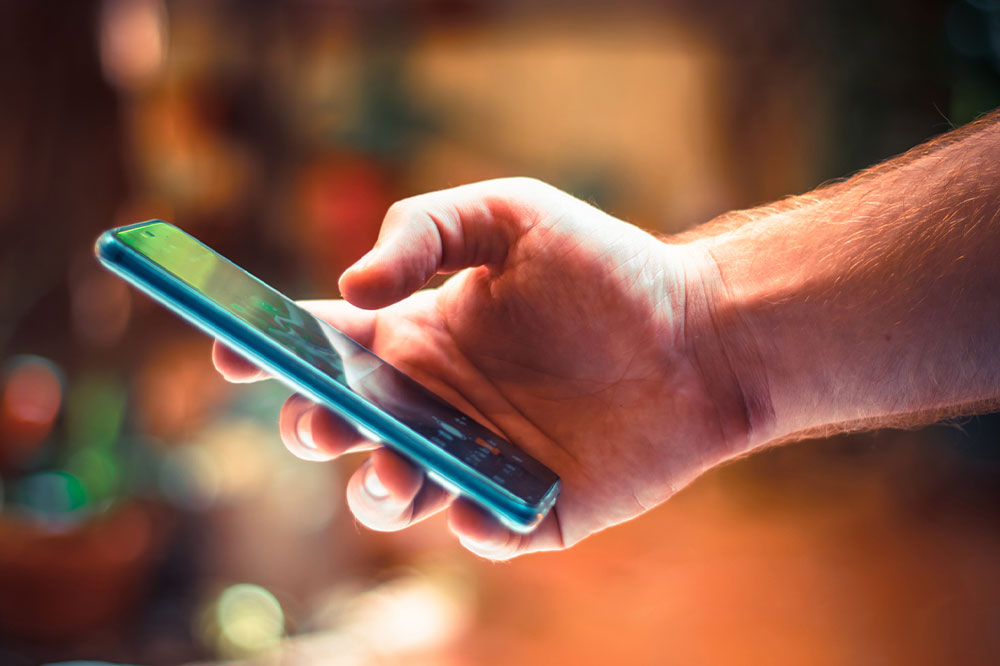Comprehensive Guide to Free Government-Provided Mobile Phones: How They Help Low-Income Families Stay Connected
This comprehensive guide explains how low-income individuals and families can access free government-supported cell phones. It covers eligibility criteria, application procedures, and the benefits of these programs, emphasizing their importance in promoting digital inclusion. Learn how to quickly apply and stay connected without financial strain, ensuring that communication remains accessible for those who need it most in today’s digital age.

Comprehensive Guide to Free Government-Provided Mobile Phones: How They Help Low-Income Families Stay Connected
In today’s increasingly digital world, staying connected through mobile devices has become a fundamental part of daily life. Whether for work, emergency communication, education, or social interaction, access to a mobile phone is essential for many individuals and families. However, the rising costs associated with cellular plans can create significant financial burdens, particularly for low-income households. This is where government-supported free cell phone programs come into play, offering a vital solution for those in need of affordable communication options.
Many people may have heard about such programs but remain unclear about how they work, their eligibility criteria, and how to apply. This comprehensive guide aims to clarify these aspects, providing detailed insights into the importance of free government cell phones, its eligibility requirements, application process, and the benefits they offer to eligible users.
Ideal for Budget-Conscious Households Seeking Reliable Communication
Free government mobile phones are designed to provide essential connectivity without the financial strains typically associated with mobile plans. These devices are comparable to standard smartphones in terms of functionality, offering calling, texting, and sometimes data services. However, they often come with predefined limits on minutes, texts, and data usage, tailored to ensure responsible usage while still providing critical communication capabilities. For many low-income families, these programs serve as an indispensable resource to manage daily communication needs, reach emergency services, and maintain contact with friends and relatives efficiently.
These programs usually operate on a policy that each eligible household is entitled to a single free device, regardless of the number of family members. This means that the entire household can benefit from just one device, streamlining access and administrative procedures. There’s no need for each family member to apply separately; instead, the household’s eligibility covers all members, simplifying the process and reducing redundancies.
Checking Eligibility: A Step-by-Step Process
One of the most critical aspects of obtaining a free government cell phone is understanding the eligibility criteria. While specific requirements may vary by state, generally, these programs target low-income individuals and families. Applicants can explore eligibility by reviewing federal income guidelines or state-specific poverty thresholds, which take into account household size, income, and other socioeconomic factors.
Applicants do not need to participate in other government assistance programs like Medicaid or SNAP to qualify, although participation in such programs can often make it easier to meet the eligibility criteria. The best approach is to contact local service providers or check official government websites to confirm eligibility requirements tailored to your area, ensuring that you receive accurate, up-to-date information.
Fast and Easy Application Process—Get Your Device Quickly
Applying for a free government cell phone has never been easier, thanks to digital application options. Potential applicants can visit authorized local providers’ websites or physical offices to submit their applications online or in person. The process typically involves providing proof of income, residency, and identification to verify eligibility.
Once approved, the device is usually shipped within a week, ready to use immediately upon receiving it. Some providers also offer in-person assistance to help with the application process, especially for those unfamiliar with online procedures. Ensuring your application is complete and accurate can expedite approval and delivery, allowing you to benefit from reliable, affordable communication services as soon as possible.
The Benefits of Federal and State-Supported Mobile Programs
Beyond simply providing a device, these programs often employ a model that includes a set amount of free calling minutes, SMS text messages, and sometimes data plans to support various communication needs. Many providers offer options to purchase additional minutes or data at discounted rates, enabling users to adapt their plans according to personal or family needs.
Furthermore, these programs help bridge the digital divide, ensuring that everyone has access to essential communication tools regardless of their financial situation. They empower users to participate more fully in social, educational, and professional activities, fostering greater inclusion and opportunity for low-income households.
In conclusion, free government cell phone programs are an invaluable resource for families facing financial hardships. They provide a reliable, affordable means of staying connected, which is crucial in emergencies and everyday life. By understanding the eligibility criteria, application process, and benefits, eligible individuals can access these programs easily and quickly. If you're interested in obtaining a free government phone, start your research today by visiting local providers’ websites or contacting your community assistance center. Staying connected has never been more accessible or affordable for those who need it most.





